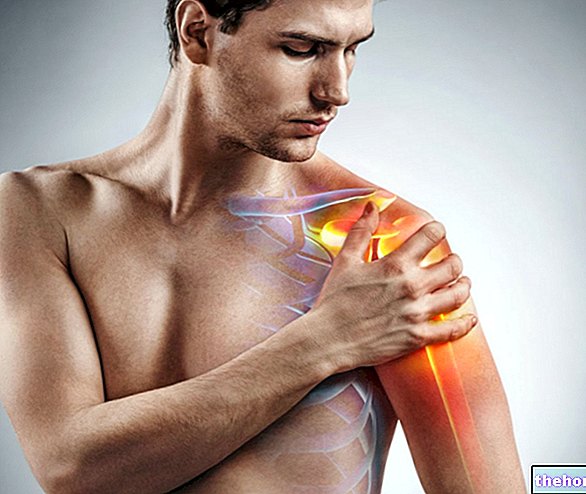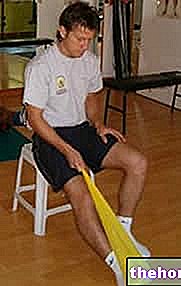
Maintaining good elasticity at the cervical level can also help those who, in the gym, are training with strength machines or free weights, with the aim of toning up and improving their fitness.
the muscles it is necessary to create a voluntary muscular contraction through an overload; all this is absolutely true but it must be specified that, in order to obtain a good contraction of a muscle, the aforementioned muscle district and the muscles that are inserted in that point must be sufficiently elastic to generate a correct range of motion.
Let's take some examples.
If we perform an exercise for the chest in the presence of a retracted sternocleidomastoid (remember that this muscle, as the name implies, is inserted on the sternum), we will obtain an exaggerated contraction of the muscle in question, which will compromise the correct execution of the exercise itself.
Another very important muscle is the homohyoid, which is inserted at the scapular level; if this muscle is retracted it does not allow free movement at the scapular level, so it alters the correct articular r.o.m in all those exercises that involve the intervention of the shoulder blades.
, their low elasticity leads them to activate prematurely, to the detriment of the deltoid.So it is very important to work on the flexibility of all those muscles that are inserted on the neck, so that you can then train them in a more physiological and above all efficient way.
Now let's see what are the main stretching exercises for the cervical muscles; these exercises can also be carried out every day, maintaining each position for at least 45 sec. The correct technique of execution also requires that the breath is generated in a fluid and natural way.
Exercises
- Exercise for scalene: lateral flexion of the neck with the help of the hand and depression of the ipsilateral shoulder. This exercise can be emphasized by placing a small dumbbell in the hand to increase the degree of stretching.
- Trapezius exercise: neck rotation, bringing the ipsilateral hand behind the back with depressed shoulder
- Exercise for homohyoid: extension of the head and swallowing
- Exercise for sternocleidomastoid: rotation of the neck, lateral flexion and extension of the head
- Exercise for hyoid muscles: extension of the neck, maximum opening of the mouth, and then closing the mouth slowly when the maximum physiological extension of the neck has been reached.
In addition to these, it is also very important to perform the range-of-motion exercises, which will be performed in sets and repetitions.
Let's see some of them:
- rotations of the neck to the right and to the left
- lateral push-ups to the right and to the left
- flexion and extension of the neck
- rotations of the neck bringing the gaze from the side opposite to the rotation
- downward bending bringing the gaze upward
- extension upwards, bringing the gaze downwards.



























